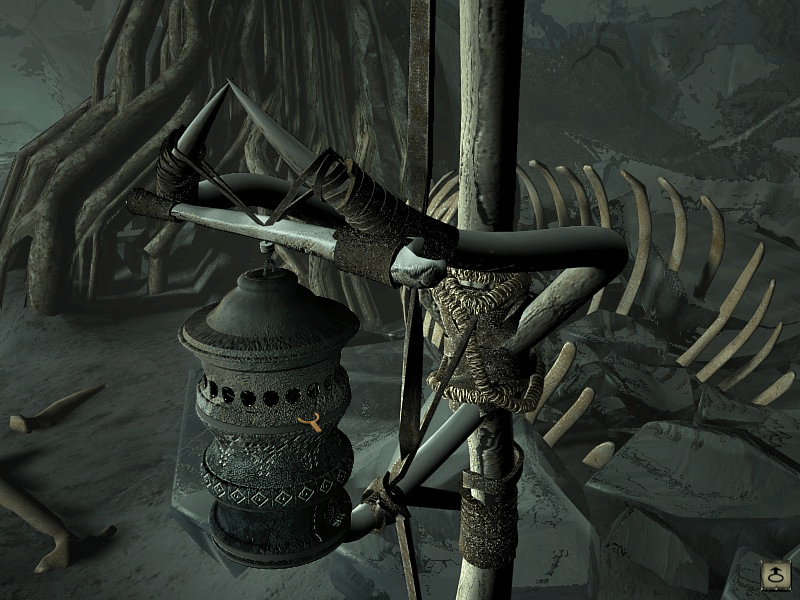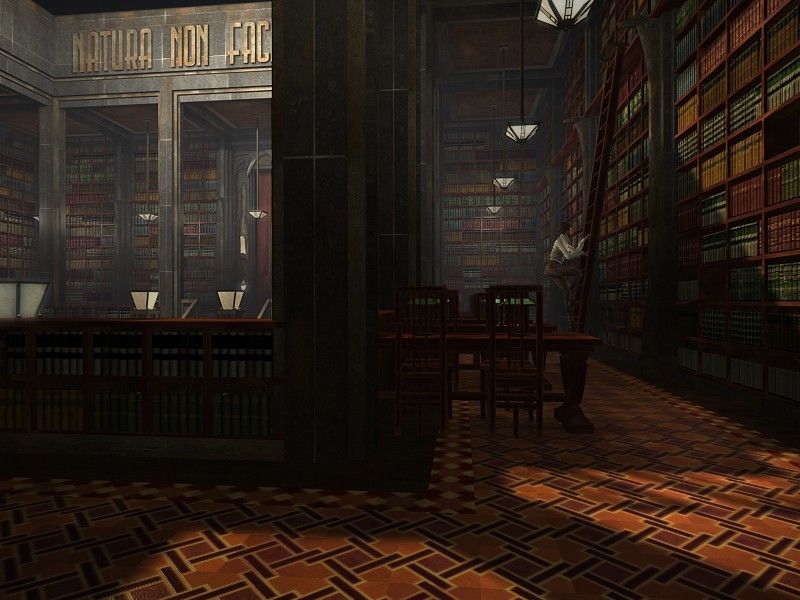
Exports of Urals blend and ESPO blend are regularly trading at discounts of $30-35 a barrel against Brent crude, the international benchmark price.

At the same time, these developments also increased the discounts Asian buyers are provided in exchange for taking on the risk of buying Russian crude oil. The decision to ban the insurance and reinsurance of seaborne cargoes of Russian crude further raised costs for Russian firms in need of transport and Asian buyers unsure where to turn for their insurance needs. There wasn’t an explicit sanction limiting oil exports to Europe until the EU adopted its sixth package of sanctions and effectively set a target of a 90 percent reduction in oil imports from Russia by year’s end. Russia is gambling on a short-term strategy focused on high prices with a raft of unintended consequences. In short, China and the larger Asia-Pacific offer little relief when it comes to new export markets. These challenges similarly raise concerns about output expansions once the first train is launched. Gazprom is now seeing European partners for the Baltic LNG project bail, throwing it in doubt. Although works for Novatek’s Arctic-2 LNG project continue, sanctions are beginning to increase costs and delay project times for the company in general. Russia also can’t increase exports using LNG. Pipelines take a long time to build, particularly given that state procurements – roughly one-third of Russia’s GDP – face considerable pressures from inflation at the same time the Ministry of Finance is expanding the use of instruments designed to hide information about firms from foreign financial bodies. Net Russian natural gas exports were down 27.6 percent for January-May. A third Power of Siberia project is now being discussed.

Preparatory talks and works are still taking place for Power of Siberia 2, a pipeline that would run through Mongolia to China with a capacity as high as 50 bcm. Current increases remain in line with a supply contract set to reach maximum capacity utilization by 2025. The Chayanda field, which currently supplies the pipeline, is not connected by any infrastructure to gas fields in West Siberia. Gazprom has not notably increased natural gas deliveries to China via the Power of Siberia pipeline, a pipeline with an annual capacity of 38 bcm, despite the loss of market share in Europe.
#Where dose syberia ii store settings full
Instead, Gazprom thus far seems to be focusing on driving prices higher.Įnjoying this article? Click here to subscribe for full access. Russia’s capacity to lift exports to Asia, however, is heavily constrained by existing export infrastructure and sanctions. As contracts expired and European importers insisted they would not sign long-term deals indexed to oil prices or LNG prices, Russian natural gas exports fell and set off a global scramble for gas supplies, which continues to roil markets. Get the NewsletterĪ half year prior to the invasion of Ukraine, Gazprom began a game of chicken with the EU, refusing to sell natural gas on spot markets. Get briefed on the story of the week, and developing stories to watch across the Asia-Pacific.

Natural Gas Diplomat Brief Weekly Newsletter N But there is little reason to see a full “pivot to Asia” sustainably addressing the problems Russia faces. The outlook for Russia’s oil, gas, and coal industries is dimming, if not yet completely bleak. Although China and India have done much to cushion the blow in terms of export volumes thus far, they have their Russian counterparts over a barrel as commodities flows are rewired and energy markets adjust. The Russian regime appears to have assumed that China and, to a lesser extent, India and other non-Western partners, would effectively bail them out by buying up whatever energy exports the West did not and providing the equipment lost because of sanctions, export controls, and self-sanctioning. The suspension was said to be temporary, to allow for demining, but came just days after Kazakh President Kassym-Jomart Tokayev asserted that the Kazakh government would not recognize the Luhansk and Donetsk People’s Republics as legitimate states while sitting next to Russia’s Vladimir Putin on a stage at the St. Gazprom is cutting deliveries to EU importers and Turkey, and in late June the export of Kazakh crude via the port at Novorossiysk was suspended. coordinated sweeping export controls on key inputs such as semiconductors with Asian partners, and the Russian military considerably underperformed expectations, forcing Moscow into a longer war of attrition than it had planned for.Īll Russia can do is worsen the damage from inflation to the West and bully its Eurasian partners to maintain an image of strength. Europe began the process of divorcing itself from Russian fossil fuels, the U.S. Russia’s reckless and bloody invasion of Ukraine in February set in motion a cascade of events for which it was ill-prepared.


 0 kommentar(er)
0 kommentar(er)
